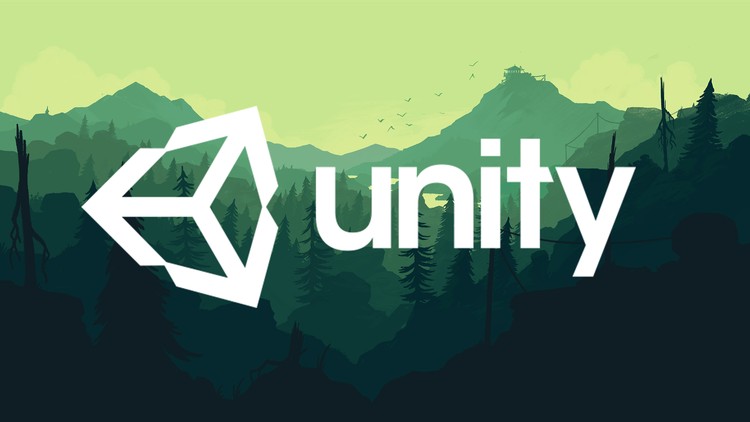The digital tool I will be focusing on in this reflection is Timeline JS. It is a free, comprehensive yet simple timeline-creation tool that allows you to easily incorporate a variety of forms of documentation (videos, images, audio, maps, etc) by simply pasting the link to your desired media and all other information into a straightforward spreadsheet. Aside from your own text, all images and videos have to be linked from other parts of the internet, so you will need to make sure that the source has given permission to use their material. Usable sources, according to the Timeline JS website, include “Twitter, Flickr, Youtube, Vimeo, Vine, Dailymotion, Google Maps, Wikipedia, Soundcloud, Document Cloud, and more!” While some of these—like Vine—no longer exist, the list is still a good indication of the variety of materials that can be incorporated into your timeline. The completed spreadsheet is then immediately converted into a timeline that you can embed into your website by simply copying and pasting a link.
After your timeline has been created, you can continue to alter it in the spreadsheet and all changes will be applied to your already-made timeline; you can update the spreadsheet then immediately see your changes by refreshing the Timeline’s page. You can assume that anyone using this tool is primarily looking to create an interactive timeline. While you can incorporate a map into the program, there are probably better tools out there if mapping is your focus. I also find it very easy to use, and made a first draft of a timeline for my own project right after learning about it that I was pretty pleased with.
Using Timeline JS, you end up with a visually appealing timeline that allows you to control everything from the background imagery to the appearance of text and size of desired media without being overwhelming. Similar programs that I looked at had superfluous add-ons and options that just didn’t interest me. I am definitely planning on incorporating this digital tool into my own project to give an interactive overview of the origin and history of visual novel games.
